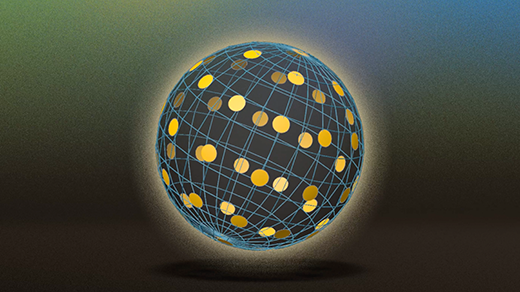The Nine Schoolgirls Challenge
In this simpler variation of Thomas Kirkman’s famous fifteen schoolgirls problem, which he posed in 1850, nine girls in a school walk out in groups of three for four days in a row. You, the teacher, must arrange the girls in walking groups so that no pair of girls ever walks in the same row (group of three) more than once.
How to Play: Click and drag the girls’ first initials from the “Girls” column on the left to the “Groups” column on the right. Schoolgirl pairs that do not duplicate any pairs from other rows will appear in the “Completed Pairs” list at the far right. Pairs that duplicate previous pairs will turn red in the “Completed Pairs” list. When viable walking groups have been arranged for a given day, all nine girls for that day will turn green. The goal is to include all 36 possible pairings of schoolgirls, turning all of the walking groups green over the four days as fast as you can. The first day has been completed for you. Good luck!
Emily Fuhrman for Quanta Magazine, with design by Olena Shmahalo. Collage resources from The Graphics Fairy and Clker.



